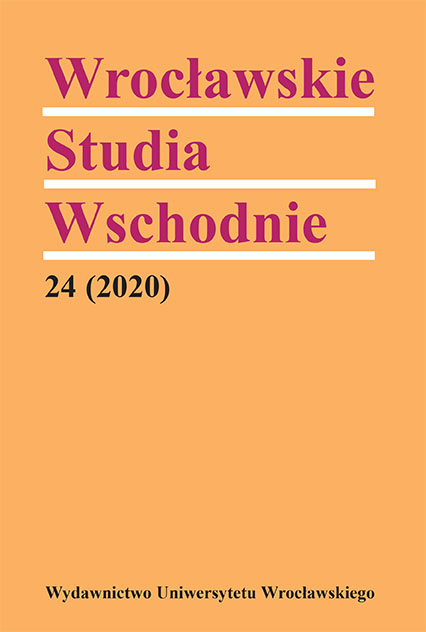

Articles

The changes of political borders between Poland and the Soviet Union in 1944–1945 were accompanied by a relocation campaign lasting until autumn 1946 and affecting the Polish and Jewish populations of Eastern Galicia, Volhynia and Northern Bukovina. An agreement for mutual resettlement of Poles, Jews and Ukrainians, formally referred to as evacuation, was concluded on 9th September 1944 in Lublin between the Polish Committee of National Liberation and the Ukrainian Soviet Socialist Republic. The organisation of the relocation was entrusted to a special apparatus subordinated to evacuation representatives of both sides. The Chief Representative for the evacuation of the Polish and Jewish population from the Ukrainian Soviet Socialist Republic was based in Lutsk. Initially, he oversaw seventeen and then eighteen regional representatives in larger cities located in the so-called western oblasts of the Ukrainian SSR. Together with representatives of the Ukrainian side they were to carry out a registration campaign and organise transport for the relocated population and its possessions. The relocation apparatus began to be organised by a group of employees who arrived in Lutsk from Lublin in October 1944 with the first Representative, Stanisław Pizło. The process was viewed with distrust and hostility by the Poles, who were reluctant to leave their homeland. The several hundred staff of the resettlement apparatus struggled, similarly to the local population, with numerous problems relating to provisions and subsistence. The Soviet security services saw many officials working for the Representative as individuals hostile to the Soviet authorities. Consequently, Polish officials were quite often arrested, having been accused of collaborating with the Polish independence underground and of sabotaging the resettlement campaign. A lack of a sense of security led to a considerable staff turnover among the resettlement staff. As most of the people entitled to be evacuated from the various resettlement regions left, from the second half of 1945 the staff working for the evacuation apparatus were gradually dismissed. The transfer of population ended in November 1946 and the final protocol closing the post-war resettlements under the agreement of 9th September 1944 concluded between the Polish Committee of National Liberation and the government of the Ukrainian SSR was signed in May 1947.